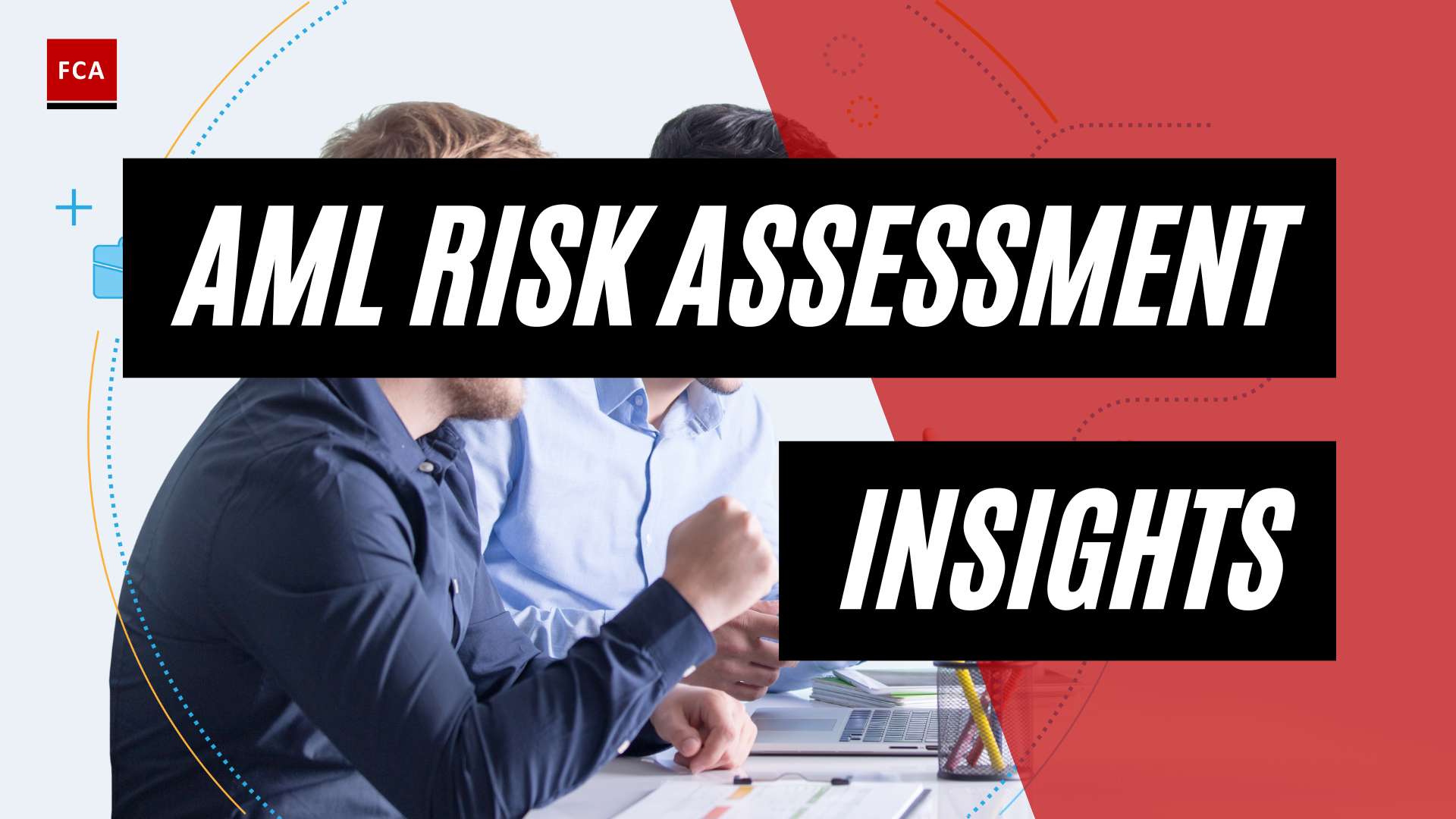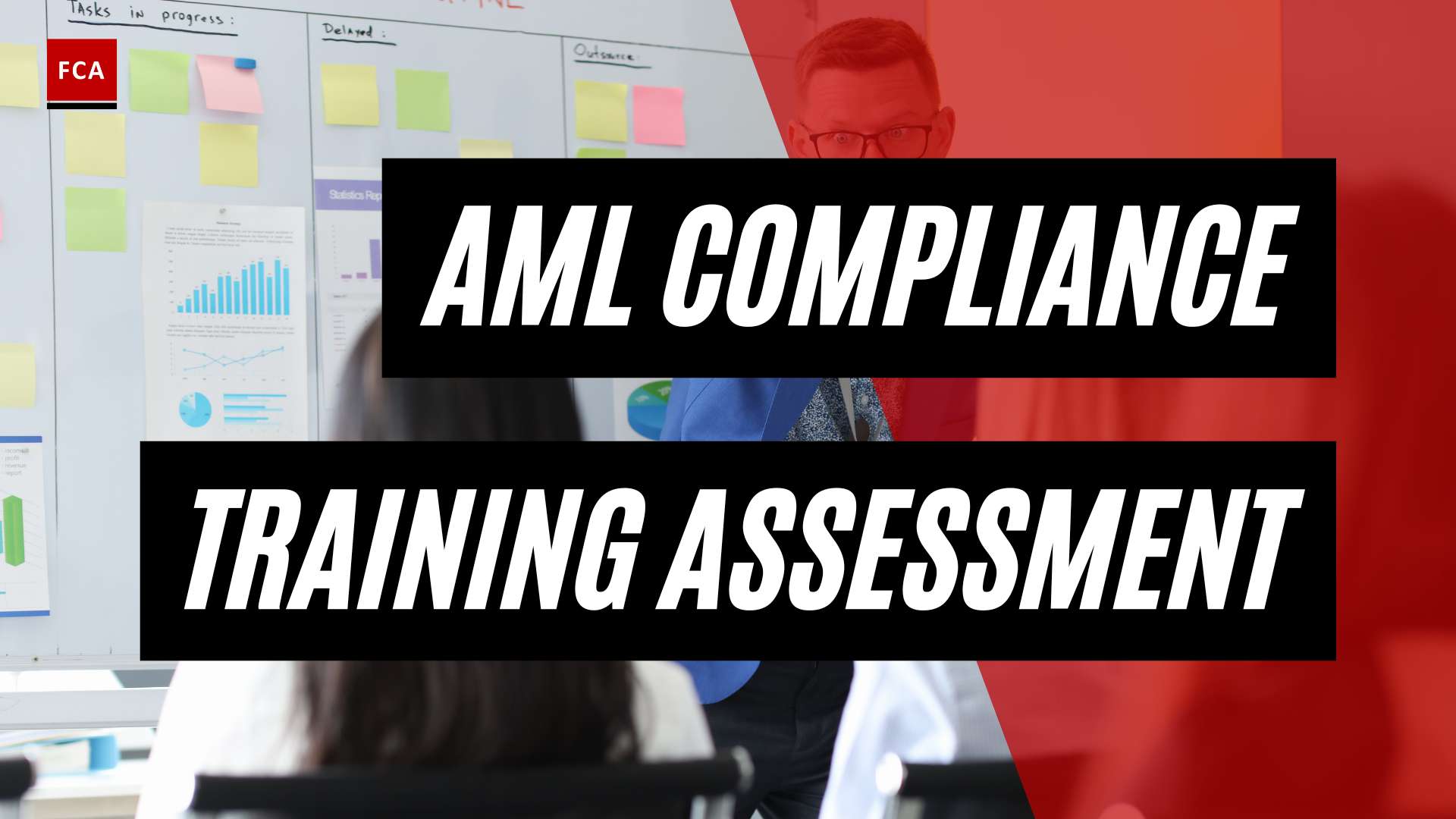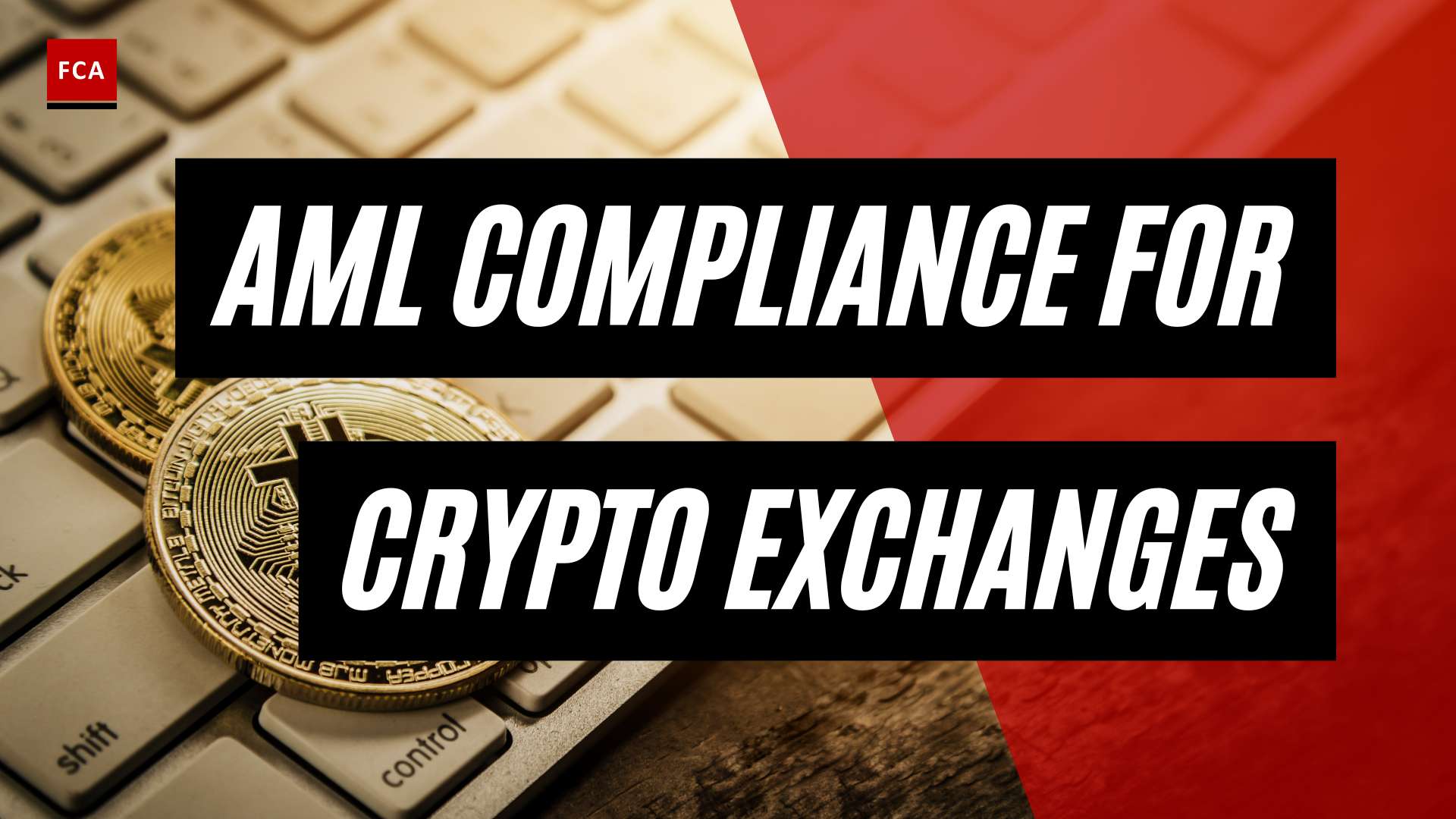AML Technology Trends: An Overview
In the ever-evolving landscape of anti-money laundering (AML) compliance, the role of technology has become increasingly vital. AML technology trends are shaping the way organizations combat financial crime and ensure regulatory compliance. This section provides an overview of the rising importance of AML technologies and recent regulatory reforms and AML fines.
The Rising Importance of AML Technologies
The adoption of AML technologies has become essential for organizations in their efforts to combat money laundering and terrorist financing. These technologies automate various processes, enhance risk assessment capabilities, and improve overall compliance efficiency.
AML technology solutions, such as AML monitoring systems, AML compliance software, and AML compliance tools, play a crucial role in detecting suspicious transactions, monitoring customer behavior, and conducting effective due diligence. These tools leverage advanced algorithms and data analytics to identify patterns, anomalies, and potential risks.
As regulatory requirements continue to evolve and financial crime becomes increasingly sophisticated, organizations are turning to Regulatory Technology (RegTech) solutions to streamline their compliance processes. RegTech solutions offer efficiency, accuracy, and agility in managing AML compliance obligations. These technologies enable organizations to stay ahead of emerging risks and regulatory changes.
Recent Regulatory Reforms and AML Fines
Recent years have witnessed significant regulatory reforms aimed at strengthening AML frameworks globally. Governments and regulatory bodies are taking a more proactive approach to combat money laundering and terrorist financing.
The financial industry has faced a surge in AML fines, reflecting the increased scrutiny and enforcement efforts. In 2022, banks and financial institutions were fined nearly $5 billion for AML and other financial crime breaches, marking a significant increase of 50% from the previous year. These fines serve as a strong deterrent and emphasize the importance of robust AML compliance measures.
Furthermore, recent regulatory reforms have led to an increase in total fines against companies for alleged involvement in money laundering and terrorist financing. Notable examples include France’s Action Plan against Money Laundering and Terrorist Financing in 2021 and Germany’s creation of a new agency in 2022 to enhance AML enforcement. These reforms reflect the commitment of governments to combat financial crime effectively.
Additionally, the European Union has been actively updating its AML regime, with a suite of Directives in the last five years. Further measures approved by the European Parliament in March 2023 indicate ongoing changes in AML regulations that businesses need to adapt to. Major regulatory reforms have occurred globally, with traditionally weaker regions in AML regulation and enforcement implementing significant changes. This shift is making regulatory enforcement more global in scope (LexisNexis).
As AML technology continues to advance, organizations must stay informed about the latest trends and regulatory updates to effectively address the challenges posed by financial crime. By leveraging AML technology solutions and adapting to regulatory reforms, organizations can enhance their AML compliance efforts and contribute to a more secure global financial system.
AML Technology Solutions: Key Features and Benefits
As the fight against money laundering intensifies, the use of technology has become increasingly important in strengthening Anti-Money Laundering (AML) compliance efforts. AML technology solutions offer various features and benefits that help organizations identify and prevent illicit financial activities. In this section, we will explore three key aspects of AML technology solutions: the role of Artificial Intelligence (AI) and Machine Learning (ML), digital identification solutions, and AML technology for screening and monitoring.
Role of Artificial Intelligence (AI) and Machine Learning (ML)
Artificial Intelligence (AI) and Machine Learning (ML) algorithms are revolutionizing the AML landscape, allowing organizations to stay ahead of fraudsters. By analyzing vast amounts of data, AI and ML algorithms can identify complex patterns in criminal activity, enabling more effective detection and prevention of money laundering (Sanction Scanner).
The benefits of AI and ML in AML technology solutions include:
- Enhanced accuracy: AI and ML algorithms can identify suspicious patterns and anomalies that may go undetected by traditional rule-based systems. This leads to more accurate identification of potential money laundering activities.
- Improved efficiency: By automating the detection process, AI and ML algorithms reduce the manual effort required for screening and monitoring, allowing compliance teams to focus on high-risk cases.
- Cost-effective approach: AI and ML algorithms enable financial institutions to process large volumes of data quickly and efficiently, resulting in significant cost savings compared to traditional manual methods.
- Advanced risk assessment: AI and ML algorithms can analyze and assess risk factors associated with customer behavior, transactions, and relationships, providing a more comprehensive understanding of potential AML risks.
Digital Identification Solutions for Enhanced AML Compliance
Digital identification solutions play a crucial role in enhancing AML compliance. These solutions, such as electronic Know Your Customer (eKYC) processes, leverage machine learning technologies to streamline Customer Due Diligence (CDD) processes and improve the speed and accuracy of identifying money laundering or terrorist financing risks (Sanction Scanner).
Key features and benefits of digital identification solutions include:
- Global coverage: Digital identification solutions can verify identification documents across multiple countries and regions, ensuring comprehensive global coverage in identity verification processes. For example, Persona’s AML technology enables verification of IDs across 200+ countries and regions, allowing organizations to comply with international AML regulations (Source).
- Enhanced security: Digital identification solutions employ advanced features like selfie comparisons to protect against identity spoofing, ensuring secure user verification processes.
- Seamless integration: Digital identification solutions can seamlessly incorporate third-party data and platform services, enhancing the efficiency and effectiveness of AML processes. This integration allows organizations to leverage external tools and information to enhance their compliance efforts (Source).
AML Technology for Screening and Monitoring
Effective screening and monitoring are essential components of AML compliance. AML technology solutions offer advanced capabilities to identify and track suspicious activities, enabling organizations to mitigate money laundering risks.
Key features and benefits of AML technology for screening and monitoring include:
- Comprehensive screening: AML technology solutions can screen individuals and entities against global sanction lists, warning lists, and politically exposed persons (PEP) lists. For example, Persona’s AML technology enables screening across 100+ global sanction and warning lists, as well as 5000+ PEP lists, ensuring thorough regulatory compliance and risk mitigation practices (Source).
- Automation and efficiency: By automating compliance processes, AML technology solutions reduce manual effort and speed up screening and monitoring activities. This automation allows organizations to efficiently process large volumes of data without compromising accuracy.
- Balanced regulatory adherence and user experience: AML technology solutions, such as Persona’s AML solutions, strike a balance between regulatory adherence and user experience. By automating compliance processes without impacting conversion rates, organizations can achieve sustained business growth while maintaining customer trust (Source).
By leveraging AI and ML, utilizing digital identification solutions, and implementing AML technology for screening and monitoring, organizations can enhance their AML compliance efforts and stay ahead in the fight against money laundering. These technological advancements enable more accurate, efficient, and cost-effective approaches to combat illicit financial activities.
AML Technology Trends in Cryptocurrency
As cryptocurrencies gain traction in the global financial landscape, it is essential to address the risks and challenges associated with Anti-Money Laundering (AML) in this domain. Cryptocurrency’s decentralized nature and global accessibility have opened up opportunities for financial inclusivity, enabling peer-to-peer lending and empowering individuals without bank accounts to participate in trading. However, these characteristics also create vulnerabilities for money laundering activities and terrorist financing. To combat these risks, AML technology solutions tailored for the cryptocurrency space have emerged.
Risks and Challenges in Cryptocurrency AML
Cryptocurrencies’ inherent anonymity and decentralized nature make them attractive to money launderers. This poses a significant challenge for AML efforts, as unverified transactions can result in severe consequences such as fines, bans, and reputational damage for cryptocurrency companies (Sanction Scanner). To maintain the integrity of the cryptocurrency ecosystem, robust AML processes and tools are crucial.
AML Technology Solutions for Cryptocurrency
To address the risks associated with cryptocurrency AML, various AML technology trends have emerged. These solutions assist in monitoring and screening Virtual Asset Service Providers (VASPs) to prevent them from being misused for illicit activities like money laundering (Elliptic). Some key AML technology solutions for cryptocurrency include:
-
Crypto Wallet Screening: AML technology enables screening of crypto wallets to identify suspicious transactions and addresses associated with illicit activities. This helps in tracking the flow of funds and identifying potential risks (Sanction Scanner).
-
Crypto Transaction Monitoring: AML technology allows for real-time monitoring of cryptocurrency transactions to detect patterns and anomalies that may indicate money laundering or other illicit activities. This helps in identifying and preventing fraudulent or suspicious transactions (Sanction Scanner).
-
VASP Screening: AML technology helps in screening and verifying Virtual Asset Service Providers to ensure compliance with AML regulations. This includes verifying the identity of individuals and entities involved in cryptocurrency transactions to prevent misuse of the system for illicit purposes.
-
Crypto Investigations: In cases where suspicious activities are detected, AML technology provides tools for conducting thorough investigations into cryptocurrency transactions. These investigations help in identifying the source of funds and tracing money laundering activities, contributing to the overall security of the cryptocurrency ecosystem (Elliptic).
These AML technology solutions assist in maintaining a clean cryptocurrency landscape and preventing financial crimes. By leveraging advanced technologies like artificial intelligence and machine learning, these solutions enable efficient screening, monitoring, and investigations in the cryptocurrency space.
Regulatory Efforts and AML Compliance in Crypto
Recognizing the risks associated with cryptocurrency, regulatory bodies worldwide have been implementing new regulations to combat money laundering and terrorist financing activities within the crypto industry. The Financial Action Task Force (FATF) has played a significant role in developing AML regulations for the crypto industry, aiming to create a safer environment for organizations and individuals. The Fifth Anti-Money Laundering Directive (5 AMLD) in the European Union and proactive measures by regulators in Asia emphasize the importance of adhering to evolving AML regulations for crypto exchanges to combat financial crimes effectively (Sanction Scanner).
By aligning with these regulations and leveraging AML technology solutions, cryptocurrency companies can contribute to a more secure and transparent digital financial ecosystem. The collaboration between regulatory bodies, AML technology providers, and cryptocurrency companies is crucial in effectively combating money laundering and ensuring compliance with AML regulations.
In conclusion, the rise of cryptocurrencies has brought forth new challenges in the realm of AML. However, with the emergence of AML technology trends and the efforts of regulatory bodies, the cryptocurrency industry can strengthen its AML compliance measures and mitigate the risks associated with financial crimes. By embracing advanced AML technology solutions and adhering to evolving regulations, the crypto industry can foster trust, security, and integrity within its ecosystem.
Collaboration and Information Sharing in AML
In the fight against money laundering and financial crimes, collaboration and information sharing among stakeholders play a vital role in ensuring effective anti-money laundering (AML) practices. The following sections highlight the importance of stakeholder collaboration, the leverage of artificial intelligence (AI) and machine learning (ML) for proactive detection, and the significance of sharing insights and best practices.
Importance of Stakeholder Collaboration
One of the key trends observed in AML technology is the increased collaboration between various stakeholders, including regulators, law enforcement agencies, and financial institutions. This collaboration allows for the sharing of information and insights, enhancing the industry’s collective ability to combat financial crimes effectively (Verafin).
By working together, these stakeholders can leverage their unique perspectives and expertise to identify emerging threats, develop comprehensive risk profiles, and implement proactive measures to prevent money laundering and other illicit activities. This collaborative approach helps create a more robust and resilient AML ecosystem.
Leveraging AI and ML for Proactive Detection
The integration of AI and ML technologies has revolutionized the AML landscape. Financial institutions are now able to streamline processes, reduce false positives, improve detection rates, and enhance overall efficiency in fighting financial crime.
AI and ML models can analyze massive amounts of data in real-time, enabling the identification of complex patterns and anomalies that may indicate money laundering activities. These technologies can also automate the monitoring and analysis of transactions, enabling financial institutions to detect suspicious activities more accurately and efficiently.
By leveraging AI and ML for proactive detection, financial institutions can stay ahead of emerging threats and adapt to the evolving landscape of financial crime. This proactive approach strengthens their ability to mitigate risks and enhance compliance with AML regulations.
Sharing Insights and Best Practices
In the rapidly evolving field of AML, sharing insights and best practices is essential for staying informed and improving the effectiveness of AML efforts. Financial institutions, regulators, and other stakeholders should actively participate in forums, conferences, and industry networks to exchange knowledge and experiences.
Sharing insights and best practices allows stakeholders to learn from each other’s successes and challenges, fostering continuous improvement in AML practices. By collaborating and sharing knowledge, the industry as a whole can develop innovative solutions, identify emerging trends, and implement effective strategies to combat financial crimes.
Furthermore, organizations can benefit from engaging with AML technology providers, who often offer platforms and solutions that facilitate collaboration and information sharing among their clients. These regtech platforms provide secure channels for sharing anonymized data, industry trends, and emerging risks, enabling financial institutions to enhance their AML capabilities.
In conclusion, collaboration and information sharing among stakeholders, along with the utilization of AI and ML technologies, are crucial components of effective AML practices. By working together, leveraging advanced technologies, and sharing knowledge and insights, the industry can enhance its ability to combat money laundering and financial crimes. Together, these efforts contribute to a safer and more secure financial system.
AML Technology and Compliance in Crypto Exchanges
As cryptocurrencies gain prominence in global financial markets, the need for robust anti-money laundering (AML) measures becomes increasingly crucial. Governments worldwide are implementing new regulations to address the vulnerabilities of inadequate AML compliance procedures in crypto firms. The volume of money laundered through cryptocurrency platforms has increased significantly due to expanding marketplaces, making it imperative for crypto exchanges to prioritize AML technology and compliance (Sanction Scanner).
Evolving AML Regulations for Crypto Exchanges
To combat the risks associated with cryptocurrency transactions, regulatory bodies worldwide are implementing stricter regulations for crypto exchanges. The Financial Action Task Force (FATF) has played a significant role in developing AML regulations for the crypto industry, aiming to create a safer environment for organizations and individuals. The Fifth Anti-Money Laundering Directive (5 AMLD) in the European Union and proactive measures by regulators in Asia emphasize the importance of adhering to evolving AML regulations for crypto exchanges (Sanction Scanner).
By complying with these regulations, crypto exchanges can ensure transparency, mitigate risks, and establish trust among their users. It is crucial for crypto exchanges to stay up to date with the latest AML requirements and implement effective AML compliance solutions such as AML monitoring systems, AML compliance software, and AML compliance tools.
Tracing and Preventing Money Laundering in Crypto
The anonymity and decentralized nature of cryptocurrency transactions make them attractive to money launderers, leading to the exploitation of digital currencies like Bitcoin. However, financial watchdogs and law enforcement agencies have effectively traced money laundering activities involving Bitcoin by leveraging sophisticated tracing tools. These efforts have led to the prevention of a $5 billion cryptocurrency heist, showcasing the authorities’ ability to expose illicit schemes within the crypto industry.
To prevent money laundering and other financial crimes in the crypto space, crypto exchanges must implement robust AML technology solutions. These solutions utilize advanced analytics, artificial intelligence (AI), and machine learning (ML) algorithms to detect suspicious activities, identify high-risk transactions, and flag potential money laundering attempts. By leveraging such AML technology, crypto exchanges can proactively prevent illicit activities and ensure compliance with AML regulations.
Adhering to AML Regulations for Crypto Exchanges
Adhering to AML regulations is crucial for crypto exchanges to maintain their legitimacy and protect themselves from severe consequences such as fines, bans, and reputational damage. Failure to comply with AML regulations can result in significant financial and legal ramifications for crypto exchange operators. Therefore, crypto exchanges must invest in AML technology and implement effective AML compliance measures.
Regulatory efforts and AML compliance in the crypto industry aim to create a robust framework that ensures the integrity and security of cryptocurrency transactions. By adhering to these regulations, crypto exchanges can foster trust among users, attract institutional investors, and contribute to the overall stability and growth of the crypto market.
In the next section, we will explore the importance of collaboration and information sharing in AML, highlighting the role of stakeholders and the utilization of AI and ML for proactive detection of money laundering activities.








